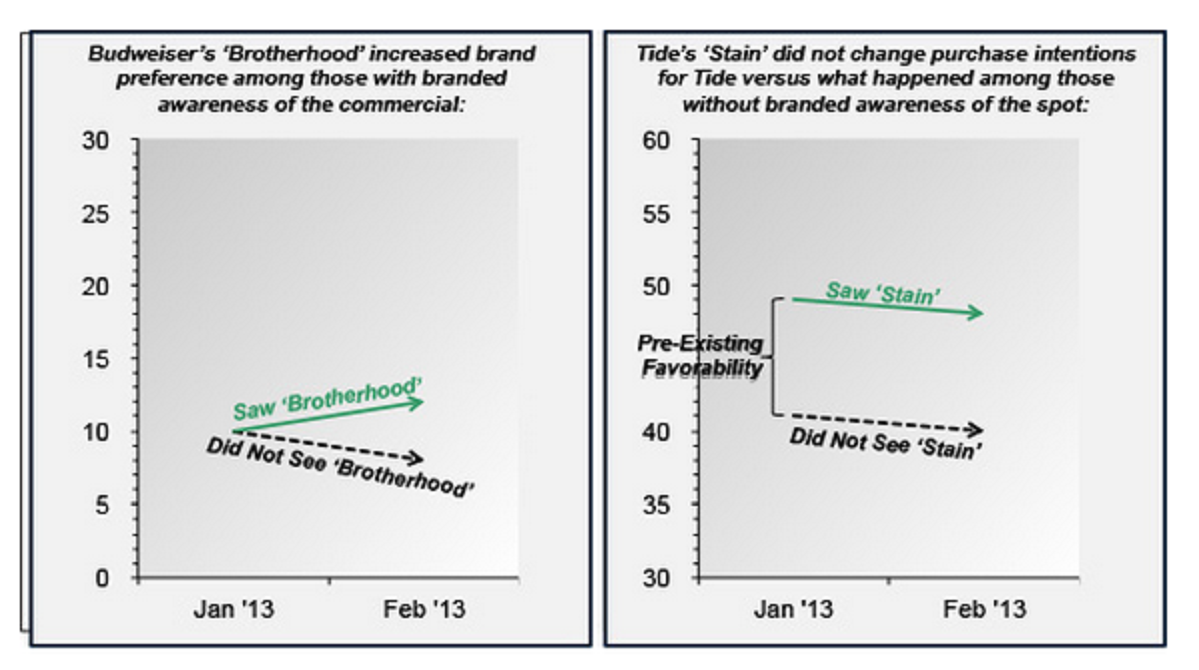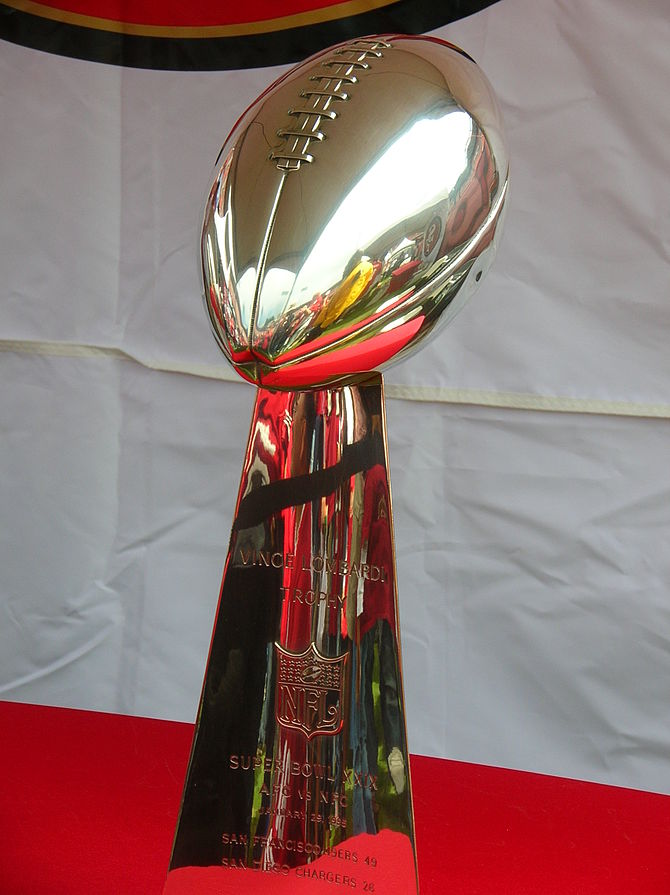I could literally just write that title then leave the rest of this article blank and let everyone chime in and fend for themselves as to where they fall in this debate. This epic debate, which it has become as the cost associated with advertising during the Super Bowl has escalated to super heights, if you will.
Those in the marketing and advertising space surely have opinions, and more than likely strong ones at that as to the merits and benefits of spending gobs of money for 30 seconds of air time.
A few days ago in Forbes, Rob Siltanen, founder and chief creative officer of Siltanen & Partners, a Los Angeles-based advertising agency, in his article entitled Yes, A Super Bowl Ad Really Is Worth $4 Million, stated categorically that he believes “the Super Bowl to be one of the smartest investments a company can possibly make. In fact, the Super Bowl makes more sense today than ever before.”
Now this is coming from someone who owns an agency that has overseen two Super Bowl spots, in 2012 and 2013, for Skechers. He, his agency and of course the brand have a lot riding on such a grandiose line budget item. Proudly, and rightly so for that matter, Siltanen touts the fact that over the past two years Skechers has increased its sales by an average of 26% and its stock price hit the point of tripling.
Clearly the kind of ROI a brand expects when diving into the deepest end of the pool, right?
I agree with some of what he writes in his piece however, I strongly disagree with his assertion “What other venue says you’re a first-rate, big-time, trustworthy brand more than the Super Bowl?”
Just because a given brand has pockets deep enough to afford such a large spend does not necessarily mean nor equate to trust. It doesn’t work that way. Consumers today are much too savvy to simply follow blindly a brand that airs a commercial during the Super Bowl for the simple reason that said brand aired a commercial during the Super Bowl.
One Size Does Not Fit All
One part of Siltanen’s article I strongly agree with is his belief that “The Super Bowl is not for everybody or every brand. If you have a serious message you need to convey, you might think twice about delivering it in front of an audience that is wired to party.”
David Brier, noted branding expert and Fast Company contributor, would seem to agree.
“It’s the SuperBowl so the right product would make sense for that effort,” he told me. “In other words The National Cremation Society would not be as fitting as, oh I don’t know, how about beer and chips! I would never see advertising real estate i.e. Century 21 or financial planning. Who the heck is thinking ‘You know, I really need to plan for the future’ while watching the Super Bowl?”
They are both dead on. First and foremost, regardless of how deep their pockets are, brands need to step back and think long and hard about if their brand is right for the Super Bowl.
Research Says
Ok I was paraphrasing the old “survey says?” line from Family Feud but it failed miserably.
Earlier this month I read an article on HuffPost which shared the findings of a research study conducted by Communicus. I found the official findings which had the ominous headline “Only 1 in 5 Super Bowl Ads Actually Sells Products.”
One in five?
Ouch.
The study, which looked at 2013 Super Bowl commercials, was based on the belief that “advertising should make people buy products, or at least build purchase interest and when judged against this standard, four out of five Super Bowl XLVII commercials failed to deliver.”
Translated it essentially means that while a given commercial may have been well received and entertaining, funny and all that good stuff, if it didn’t help the bottom line, it wasn’t worth it.
In their release discussing the findings Communicus called out two specific commercials, the Budweiser “Brotherhood” spot and the Tide “Stain” spot. Each scored high in terms of overall appeal but only one, according to their findings, “actually drove preference for the brand.”
Care to guess which one was which?
As you can see, the Budweiser spot fared significantly better in terms of moving the needle and impacting the bottom line.

The Times They Are A’Changing
I shared the findings of the Communicus study with some folks a lot smarter than I, one of them being Gregory Carpenter, a James Farley/Booz Allen Hamilton Professor of Marketing Strategy at the Kellogg School of Management.
Carpenter believes that in today’s world advertising plays a very different role today than in the past in generating engagement. “In the past, advertising was principally responsible for generating awareness, interest and trial and purchase in many categories,” he told me.
He added that in today’s world advertising is merely one part of a much larger complex system. “As my colleague Brian Sternthal, an expert on advertising and information processes has observed, today, mass media works together with social media, search, community building to amplify the messages delivered through mass media to build engagement,” he said.
“As part of that system, it can have a disproportionate impact when it engages the full system, just like when a butterfly flap its wings in Brazil creating a tornado in Texas. Most butterflies, like many ads, fail to engage the system, having little impact. Does that mean advertising is ineffective? One can easily argue that the potential impact of advertising has become dramatically greater, but only when it fully engages the system, like the exceptional Brazilian butterfly.
Another person with much higher intelligence than yours truly is Jerry Wind, Lauder Professor at University of Pennsylvania.
“At this time of year the often asked question by both Super Bowl advertisers and non advertisers is whether the Super Bowl ads are worth their cost,” he told me.
Based on the findings of the Wharton Future of Advertising program he offers the following advice for all would-be Super Bowl advertisers:
Five rules to increase the ROI of your Super Bowl Ads
- Design the commercial following our RAVES audience engagement model which suggest that engaging ads should be respectful (of the individual) and relevant; actionable; valuable (both cognitively and emotionally); experiential and deliver a surprising story and thus assuring its virility.
- Assure that the creative execution is exciting, engaging, memorable and consistent.
- Deliver the commercial not only on the TV screen but through all touch points both during the game by utilizing the second screen and before and after the game through all the brand’s touch points with their consumers, prospects and stakeholders.
- Design the Super Bowl commercial(s) as an integral part (or even the anchor) of a comprehensive communication program starting before the game, continues during the game and most importantly following after the game, aimed not only at the target audience but also at the employees and other stakeholders of the brand/advertiser.
- Align the communication program and its Super Bowl component with the advertiser’s objective and strategy and make sure that you take into account the lost opportunity cost in case you decide not to advertise in the Super bowl and your competitors do.
So, Are They Worth It?
Obviously there is no quick and easy answer. There are a myriad of factors that come into play including of course, cost.
Ryan Aynes, co-founder and Managing Director of EDGE Collective puts it well when he says “It’s hard to be black and white and define whether it’s worth it or not. At the end of the day it has its advantages and disadvantages and each differs between bigger and small brands.”
“The Super Bowl is either a necessary investment or a risk investment, just matters on the size of your company and the expected return that your business is in need of based on the media dollars you’re willing to spend,” he adds.
Toward the very end of his piece, Siltanen writes “Fortune favors the bold, but it also favors the smart.” I agree wholeheartedly with this sentiment, especially the “smart” part. Brands need to be smart; be cognizant of all possible variables that come into play when deciding whether to do a Super Bowl commercial.
It is most assuredly not for everyone nor for the weak of heart, for that matter.
Sources: Forbes, Communicus, YouTube
Photo credit: Wikipedia
